Many of the perspectives that we discussed in class can be applied towards my site. The most prominent of these is limits. Centennial Woods’ status as a protected natural area marks it as one of the most valuable resources we have left. As population and technology increases, people spread out and develop on natural areas. This means that natural areas will start to disappear all over the world. It is important that we continue to protect the few areas we have left in the future. The site is protected via another perspective, institutions. The site is protected by the institution of the University of Vermont, and also several legal doctrines prohibiting the development of the land. If more legislation is created regarding the use of the land, we can ensure that the area is protected for a long time to come using more institutions. To do this, I could work with the group responsible for protecting and maintaining the site at the University to make sure that the place is safe for many years to come. We could also work in conjunction with the town of Burlington to pass legislation to protect the area as well. The final perspective that can be applied to my site is ethics. Similarly to Aldo Leopold’s land ethic, the ethics of the people around the area in relation to the planet can protect my site. By working with several activist groups or again the University, we can get people thinking about the area in a sustainable way, possibly through presentations or newsletters.
I could also reach out to other dwellers of the area or others using this area as their site. Since we all rely on this place for one reason or another, it is feasible to think that they would also want to protect the site like me. By working with these people, we can combine our voice in order to get more things done in relation to protecting our site. I don’t believe that a form of negotiation or arrangement would be necessary as we are all looking out for the common good of our site. I don’t think that this would be possible with non-human residents of the are however. This is because in the past, society has overlooked those without a voice, namely groups viewed as inferior to those with more “power,” such as the Native Americans when Europeans came to settle the new world. Therefore, groups that are literally without a voice, the non-human residents of the area, would be dismissed without a second thought. Instead, it is important to advocate twice as hard for those who can’t do it for themselves. Including information about the value of the non-human components that are vital to the site is important when trying to educate people about the value of the area. But by using these methods, I think that the future is looking bright for Centennial Woods.
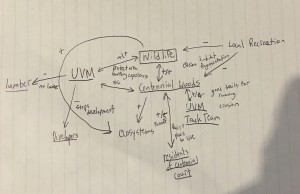
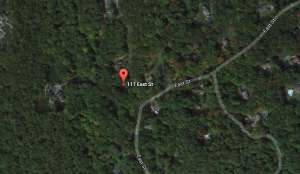
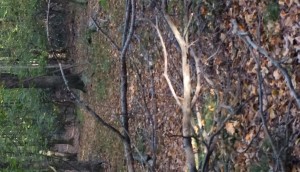
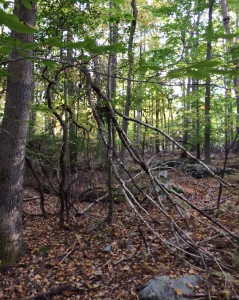
![FullSizeRender[1]](http://blog.uvm.edu/agandrew/files/2015/11/FullSizeRender1-300x178.jpg)
![IMG_0055[1]](http://blog.uvm.edu/agandrew/files/2015/11/IMG_00551-300x225.jpg)
![IMG_0057[2]](http://blog.uvm.edu/agandrew/files/2015/11/IMG_00572-300x225.jpg)
![IMG_0056[1]](http://blog.uvm.edu/agandrew/files/2015/11/IMG_00561-300x225.jpg)
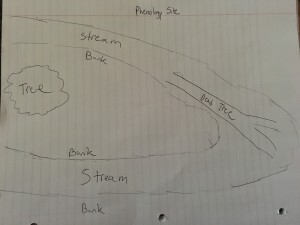
Recent Comments